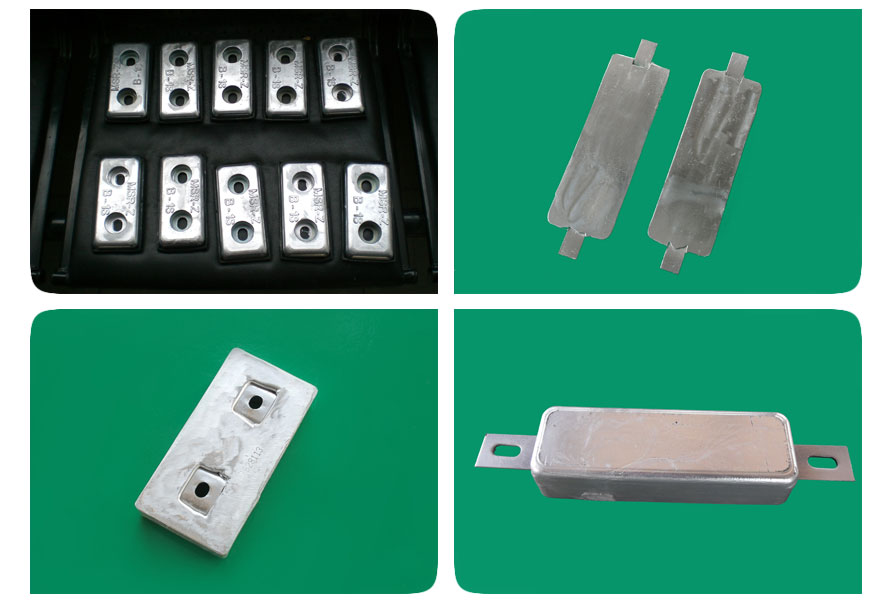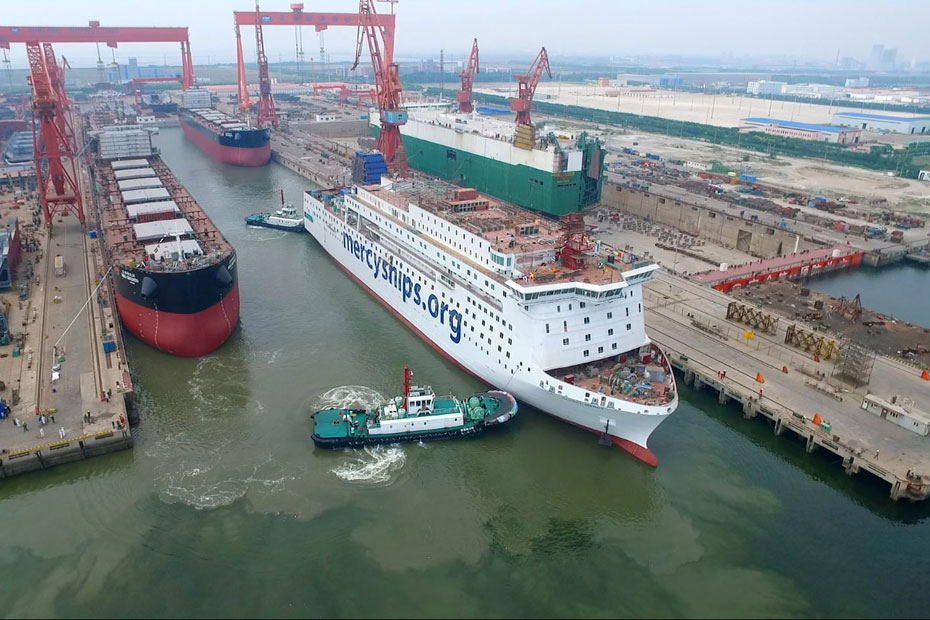
Business
Product details
Cathodic protection of ships
When the hull made of iron comes into contact with seawater, it will generate electric potential and cause electric corrosion. Therefore, in order to minimize the contact between the hull and seawater, anti-corrosion paint is used to isolate the hull from the seawater. However, contact with seawater caused by the stern shafting, propellers, or damage to the hull cannot be completely avoided. Therefore, part of the ship hull that comes into contact with seawater will undergo electrochemical corrosion, and the degree of corrosion varies depending on the electrolysis situation.
Electrolysis reaction of galvanic cell: When two metals or metals containing impurities are placed in the electrolyte, the metal is highly mobile and easily loses electrons, is oxidized, and an oxidation reaction occurs. It becomes the anode and is positively charged (the so-called metal oxide is formed). Corroded) to increase the potential and can be used as a positive electrode (the positive electrode is for the free charge in the external electrolyte, the positive electrode attracts negative charges, and the positive charge flows to the negative electrode, which can be considered as the direction of current). Those with weak metal activity get electrons, which are reduced, and a reduction reaction takes place. It is the cathode (the electrode accumulates metal), and its potential is reduced, becoming a negative electrode, attracting positive charges to accumulate.
Cathodic protection reverses the above process. According to the different ways of providing cathodic current, cathodic protection is divided into two types: sacrificial anode method and impressed current method. The former is a metal with a more negative potential (such as magnesium, aluminum, zinc, etc.). Note: The metal is more mobile, more active, and more susceptible to electrons). It is electrically connected to the protected metal structure, and through the continuous dissolution and consumption of the electronegative metal or alloy, the protection current is provided to the protected object to make the metal structure Get protection. The latter is to convert the external alternating current into low-voltage direct current, and apply a certain direct current to the protected metal surface to cause cathodic polarization. When the potential of the metal is negative than a certain potential value, the corrosion of the anode dissolution process will be obtained. Effective suppression.
According to the principle of cathodic protection, when implementing cathodic protection of metals, in order to achieve the best protection effect, two main parameters, the minimum protection potential and the minimum protection current density of cathodic protection need to be paid attention to. In practice, considering the influence of other factors, a reasonable maximum protection potential and maximum protection current density must be selected.

- Service
- TEL 0512-53375627
- TOP
HONLINE:0512-53375627/0512-53827858 PHONE:13801639607 URL:https://en.kind-anode.com/
E-mail:stevensjia@vip.163.com
Address:Wulu Road, Xinming village, Huangjing Town, Taicang City, Suzhou
Copyright @Taicang kaide Anti-corrosion Technology Co.,LTD 苏ICP备2020057099号-1







